Chris
posted this
16 October 2018
- Last edited 17 October 2018
Apologies Jagau,
I thought I may have misunderstood your question. Yes there is a resonant Wave, or half wave seen on the Collector of the IC, Pins 1 and 8 connected to the Coil Cap Tank:
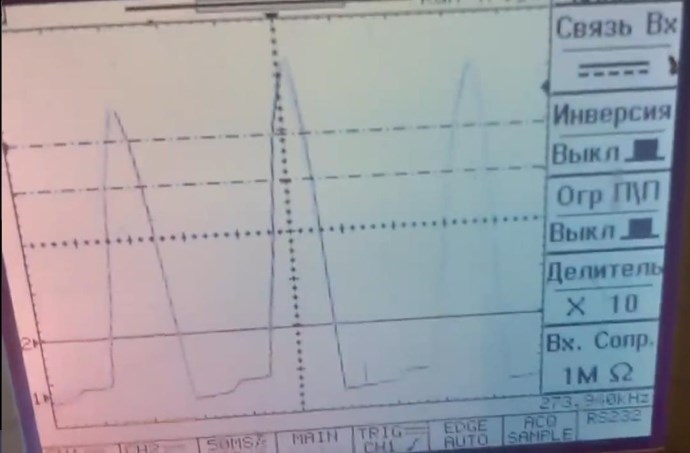
If we don't have resonance, we get a whole lot of decay Pulses after the main resonant Pulse, as you know. So something like the following:
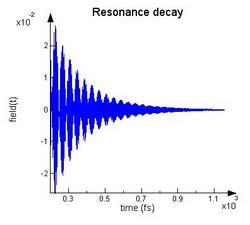
Likely off no use to others here, the Waves, if one takes one half, matched the other have that's missing:
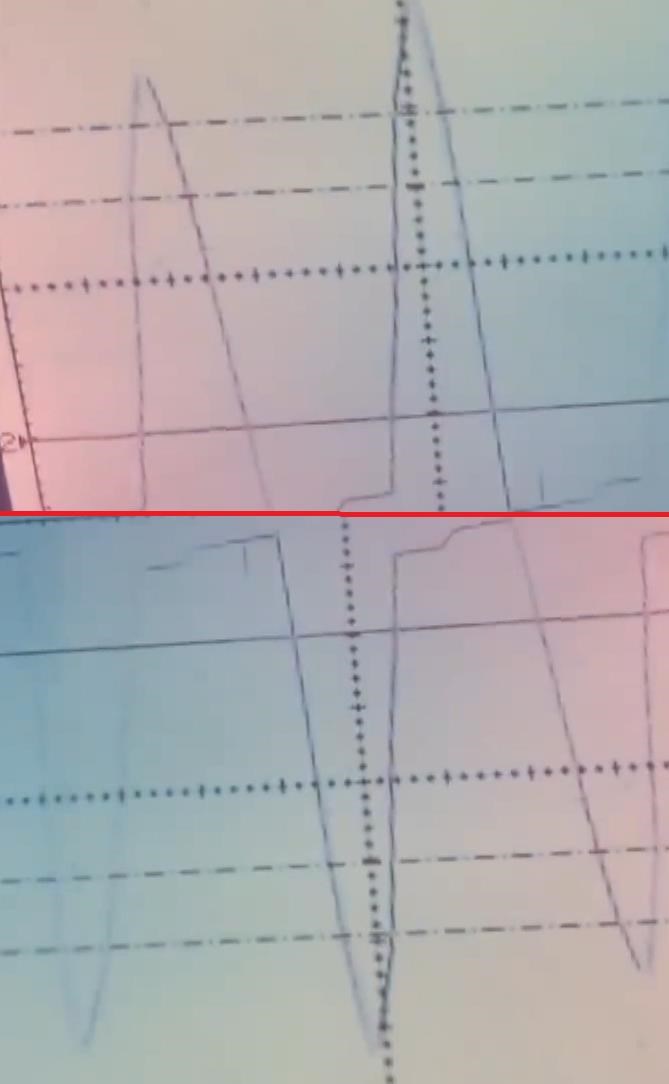
So, one can see there is a Half + a Half, this making a whole AC Resonant Wave Form.
I have done some experiments already, used a few cores and seen this effect. It is of course not entirely like the above shot, when there is no resonance, but close. This is part of the Tuning in my opinion. This is interesting, because Lari Man had parts laid out, he had Circuit board built. It did appear as if prior Tests were done and the Coils and Components were known to work prior - This is how I would do it if I were to show a self runner!
It only makes sense.
However, this approach helps no one!
Now, I have not shown any Coils or scope shots, simply because I am way out of the ball park at the moment. Frequency was 230KHz, and I had no Peak Oscillations, and my L1 Parallel Capacitor was 2.5nf, way away from replicable results. My Coils are not currently sufficient to show anything of use.
So, all going well, some more results today.
I also noted, what I thought were MC34063 IC Chips I had are actually KA34063, they have the same layout, but not what I want so I ordered some more, making sure they were what's required. Should be here soon!
Chris
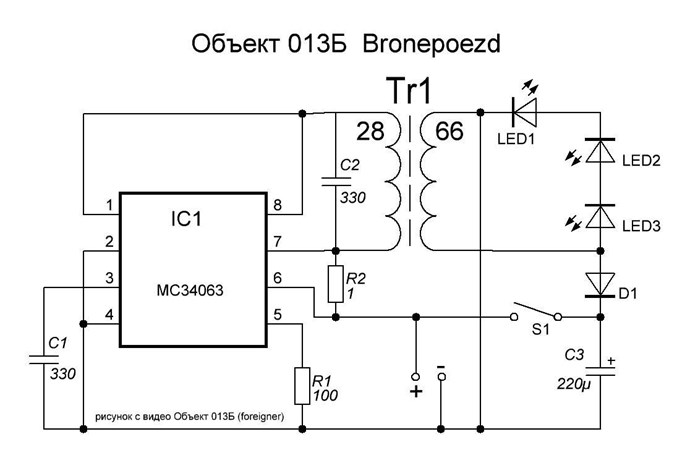
.jpg?width=690&upscale=false)
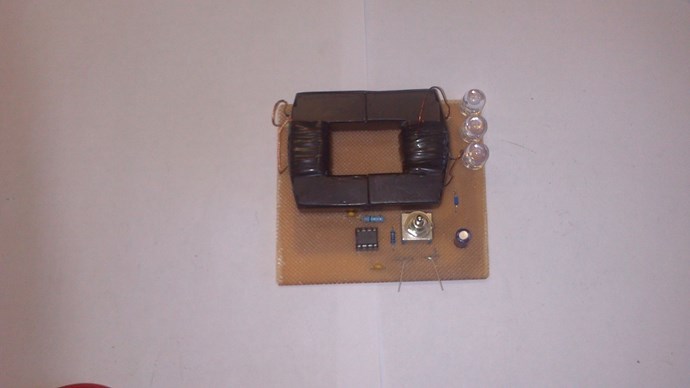
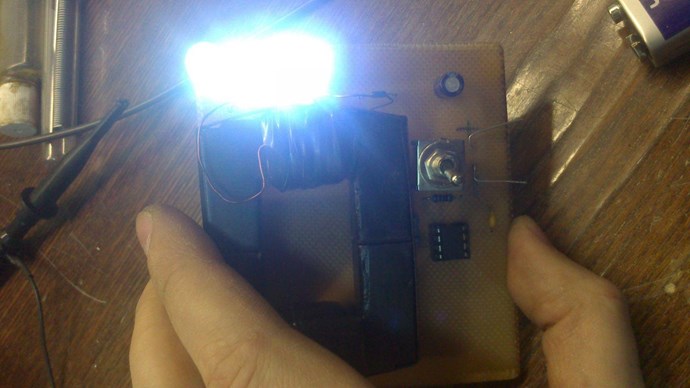








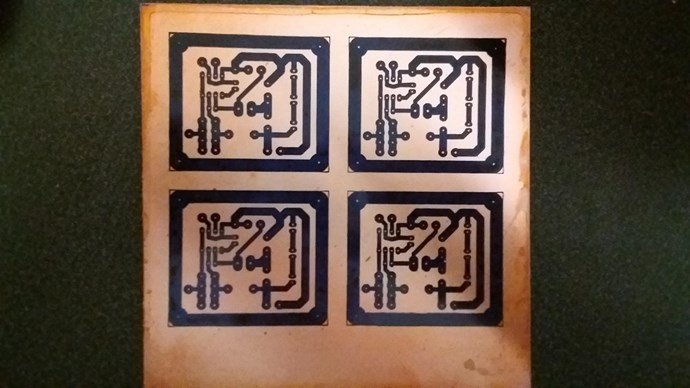
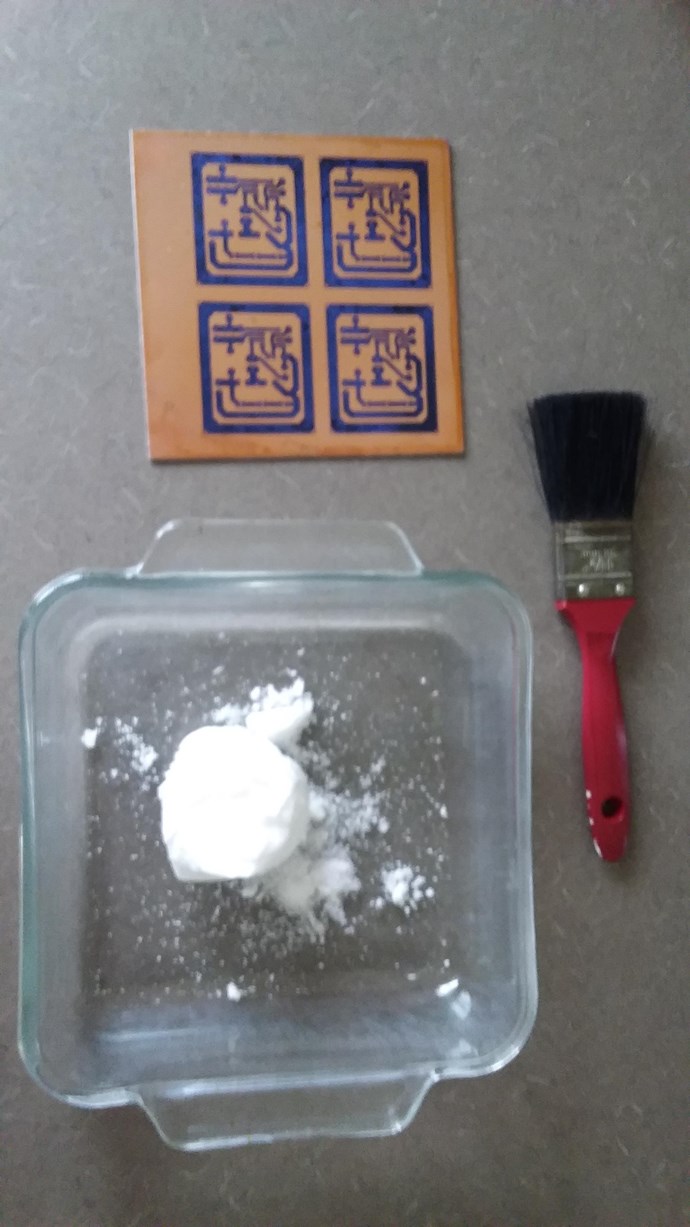
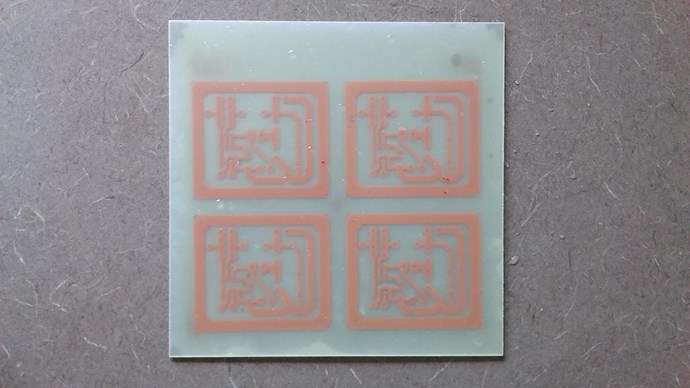

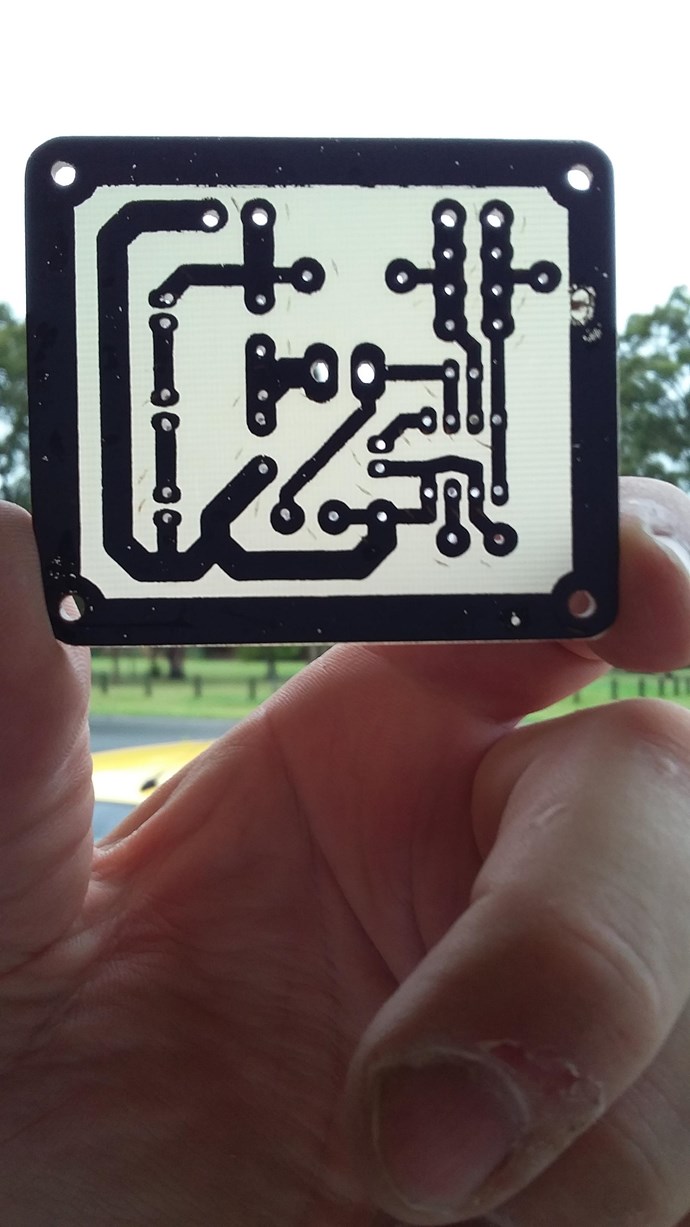
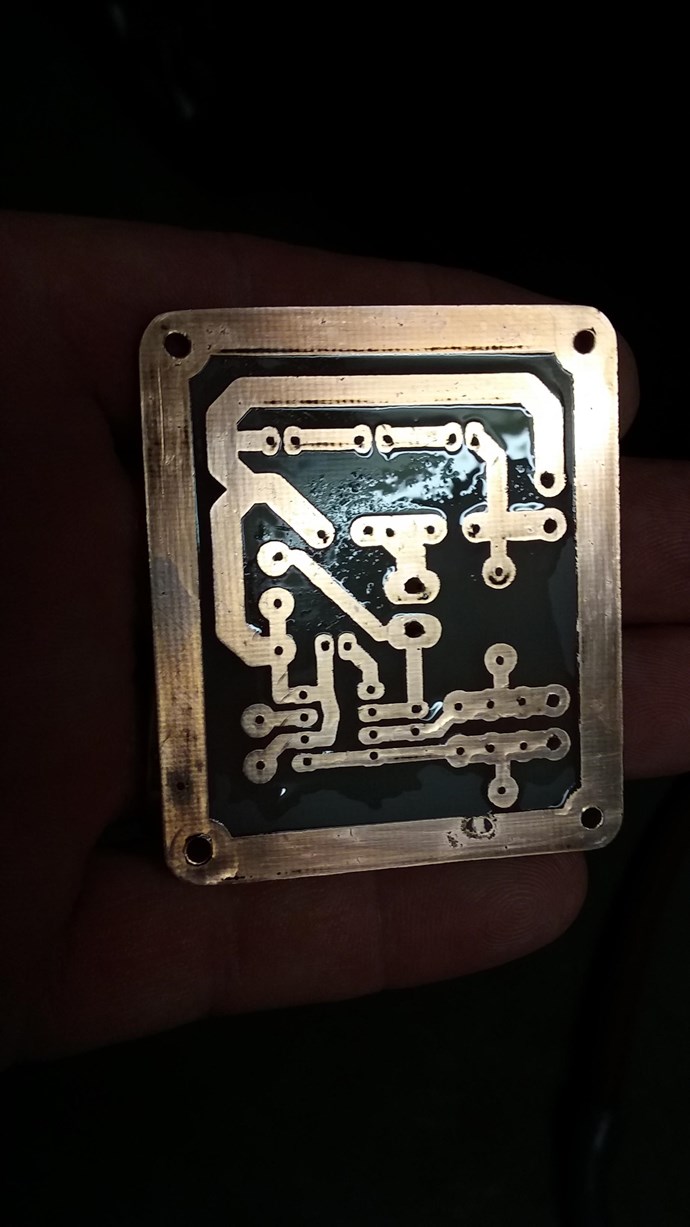


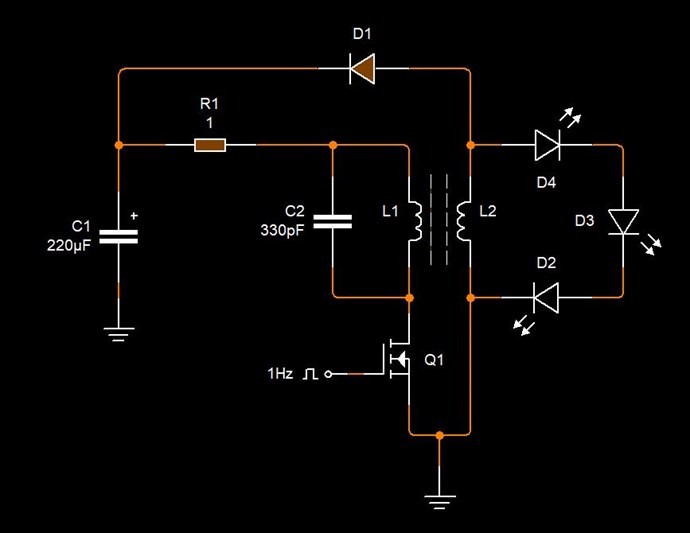


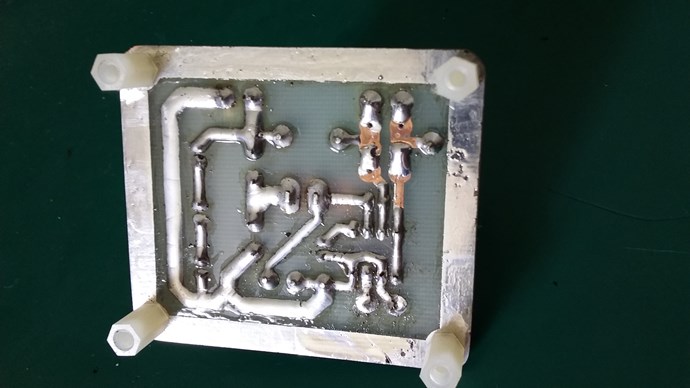

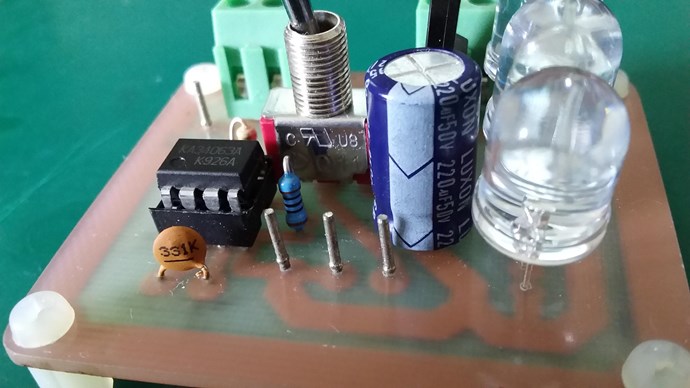
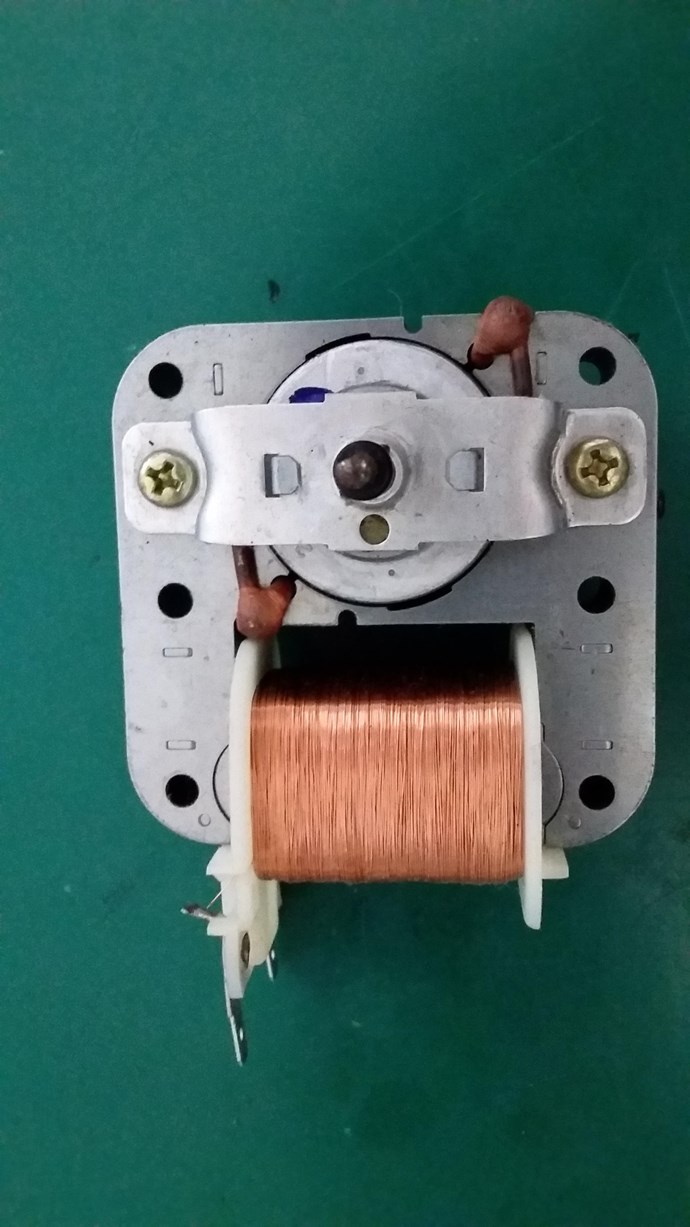


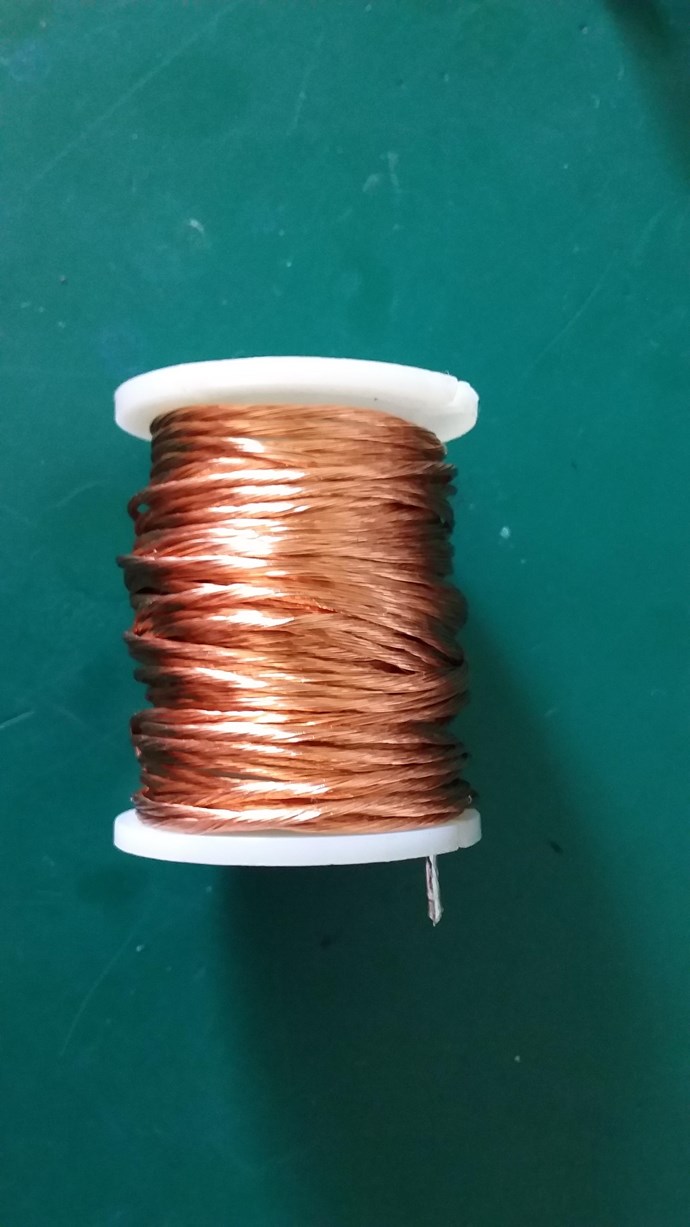
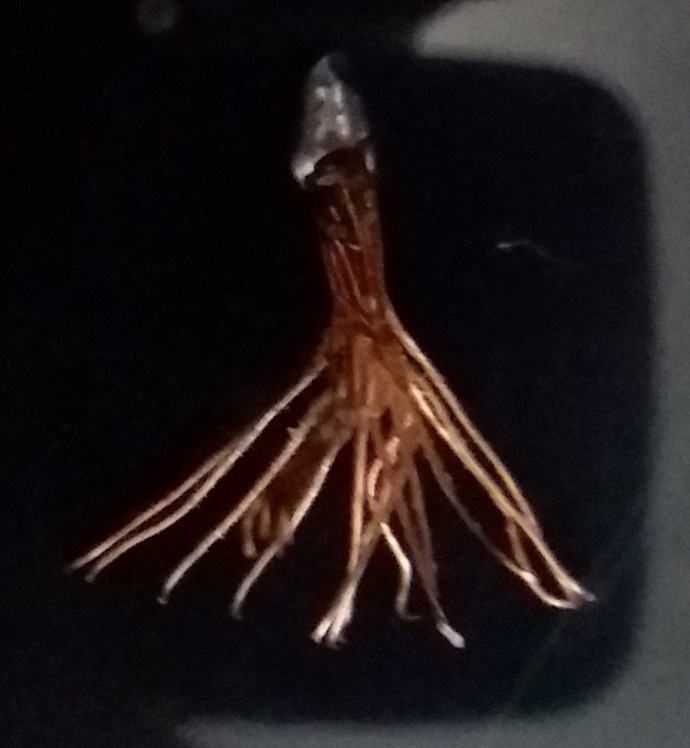

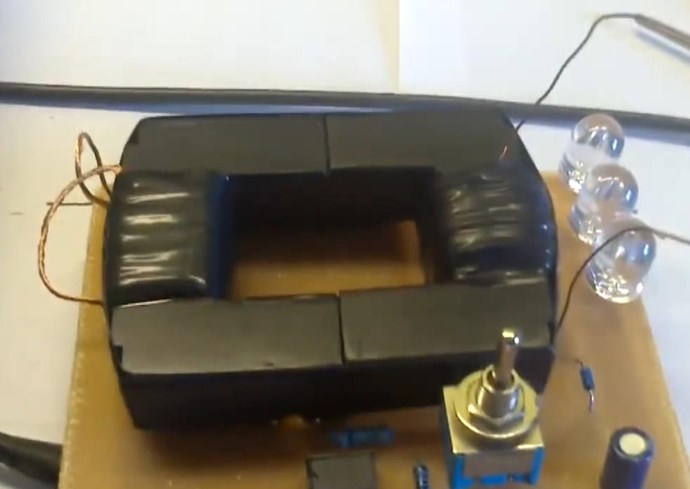
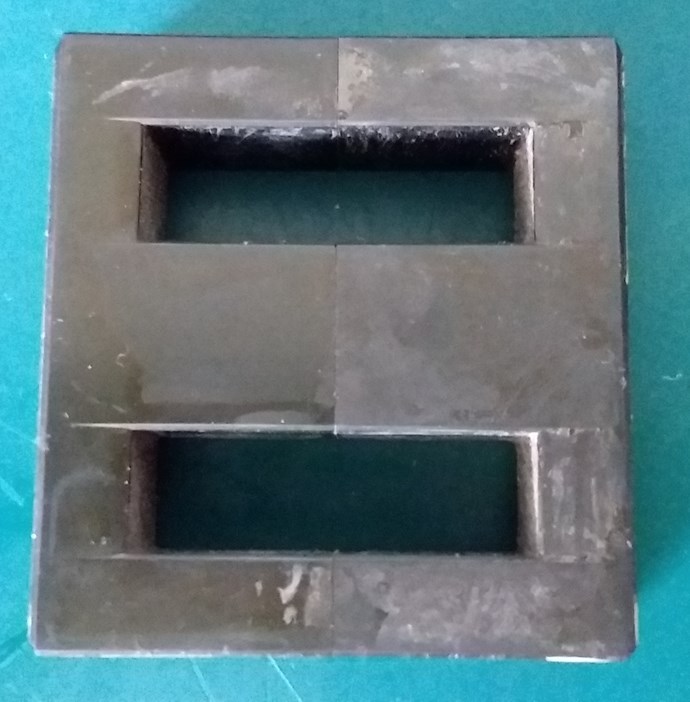

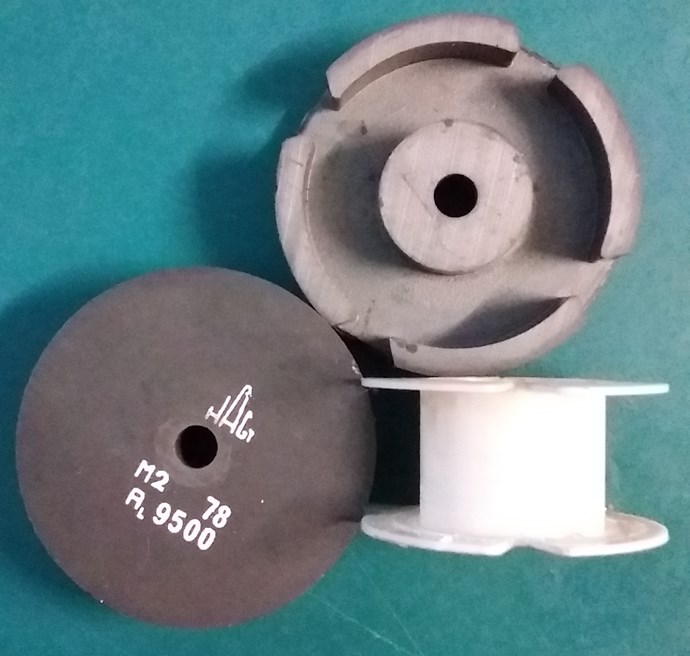






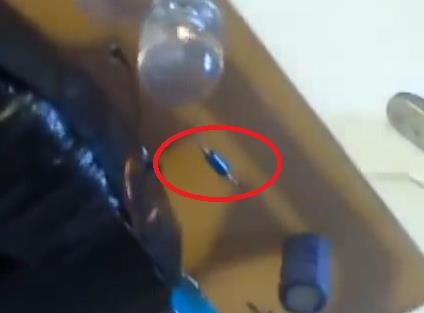
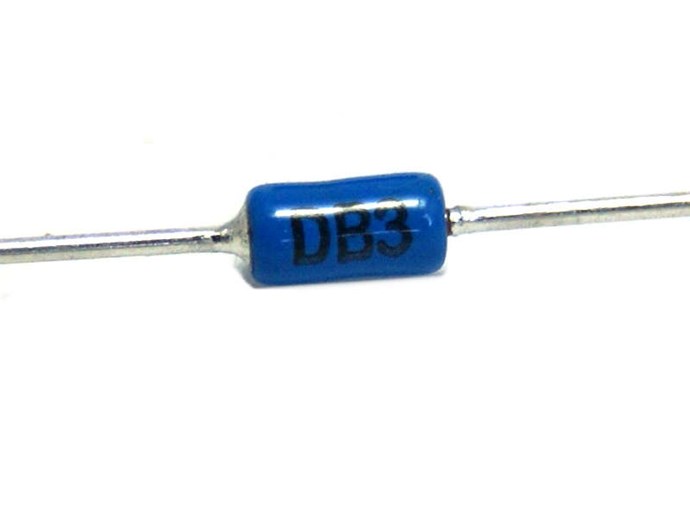

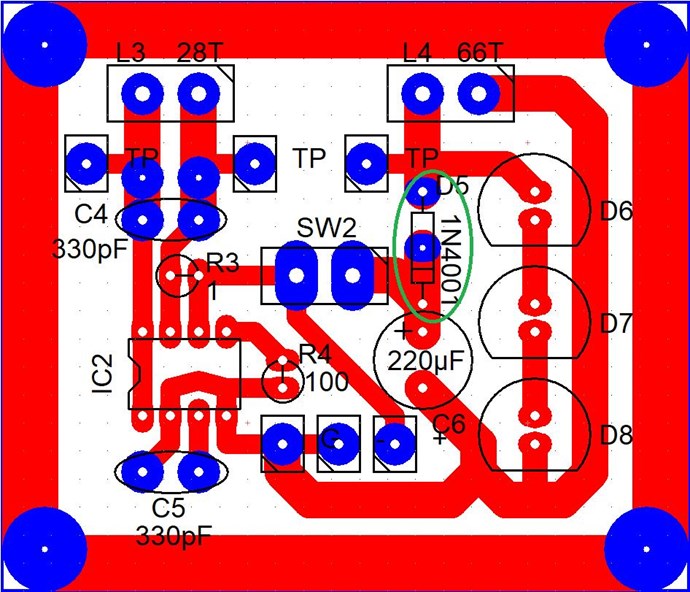




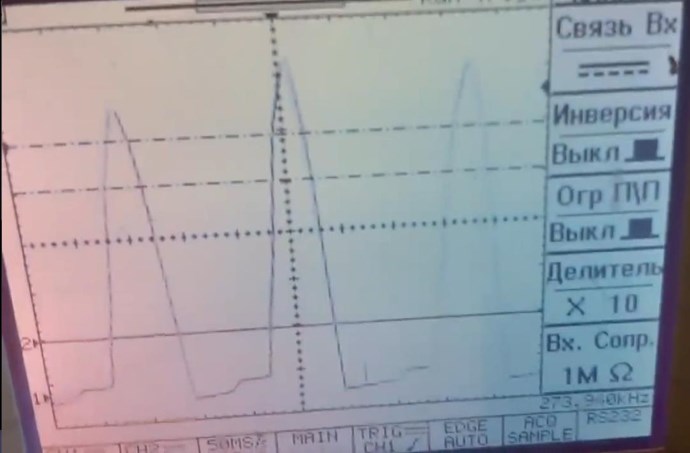

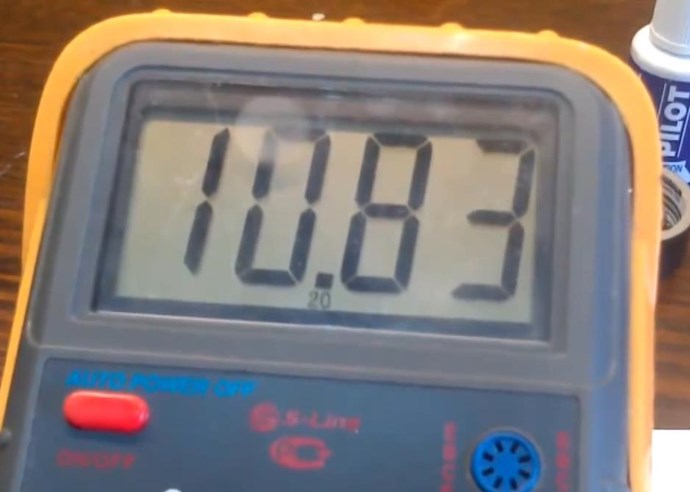

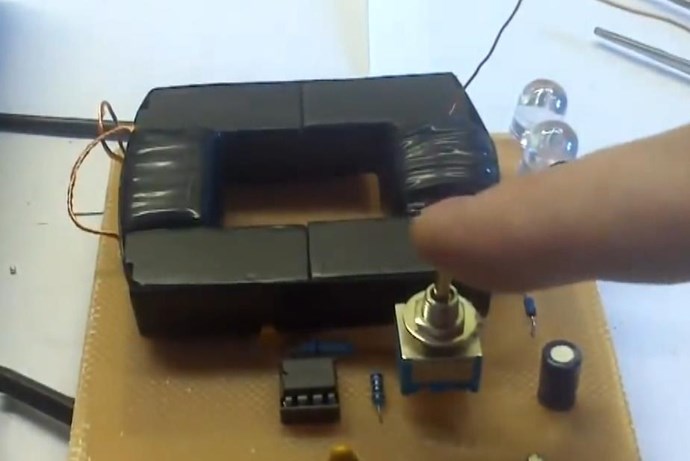
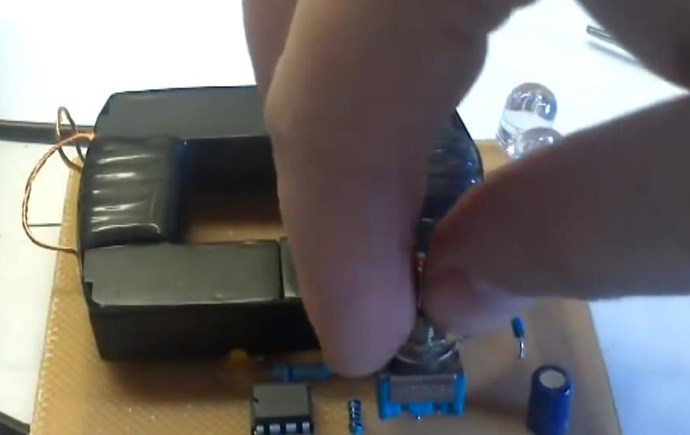



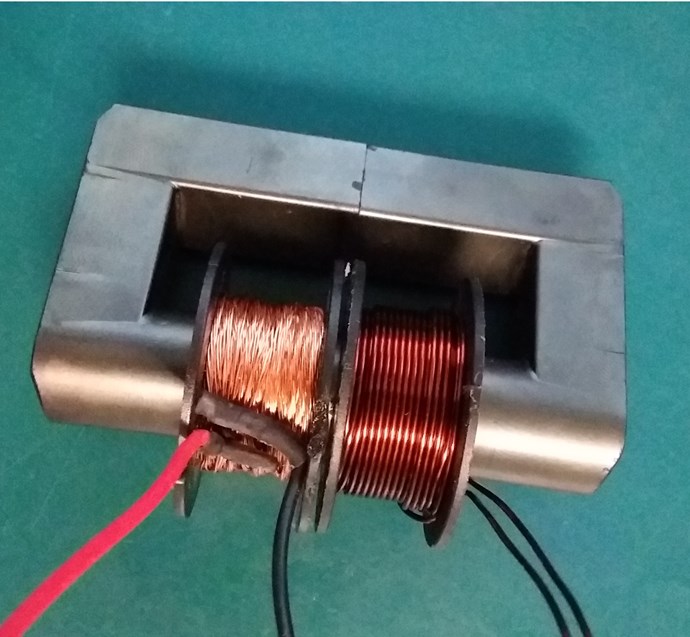
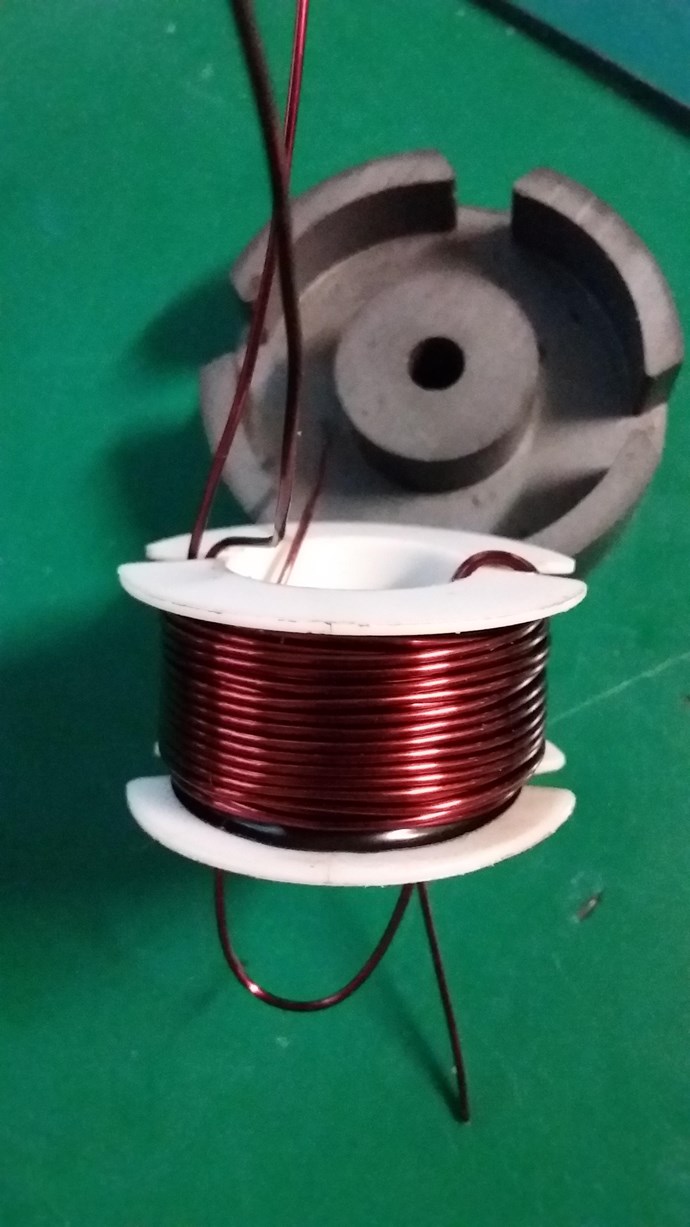

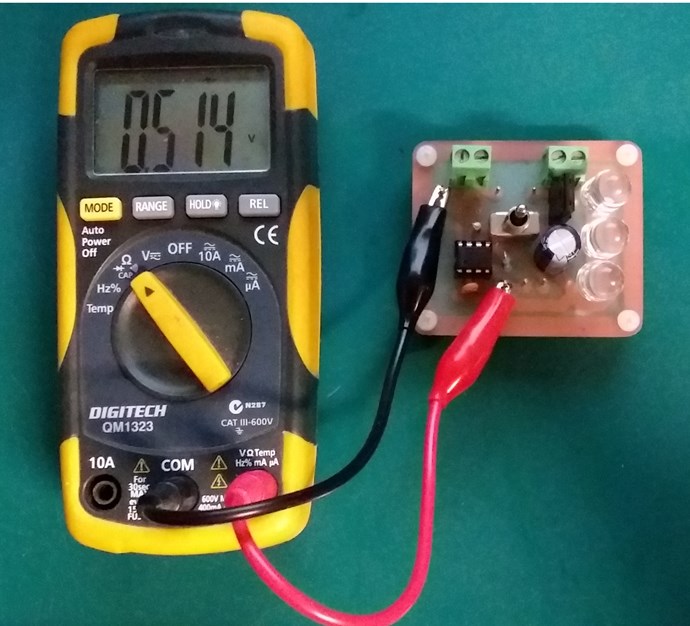
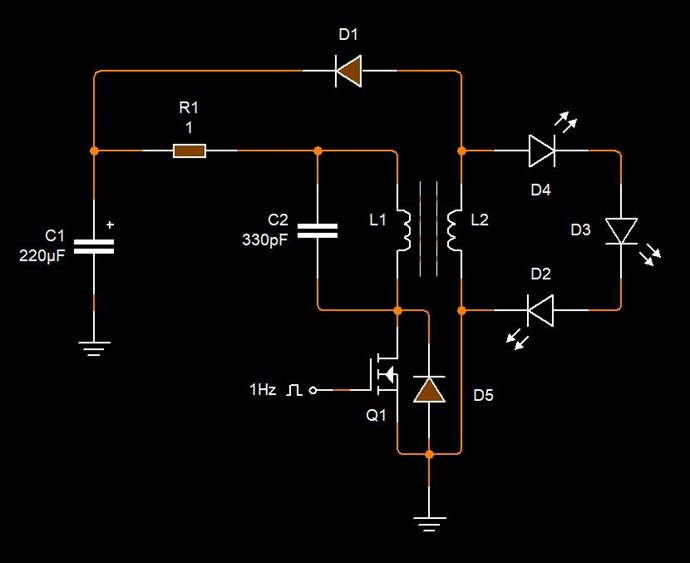
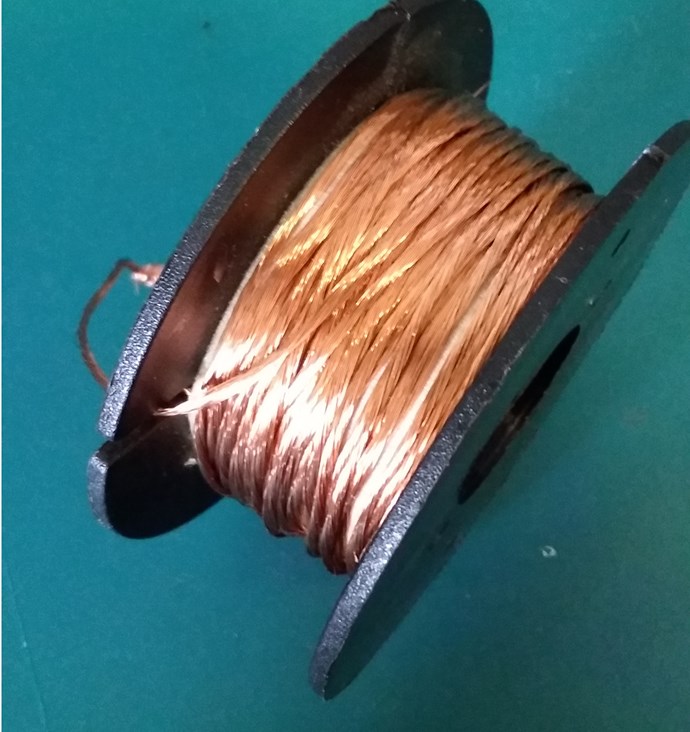
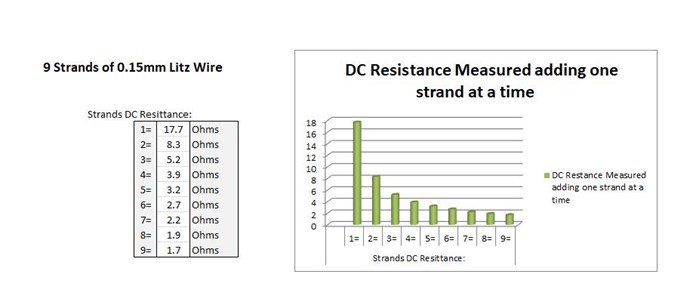

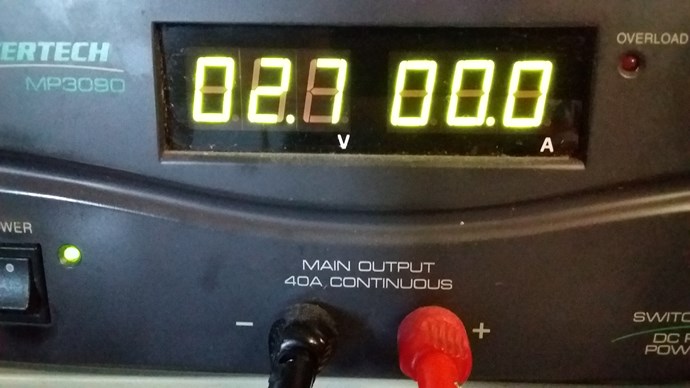
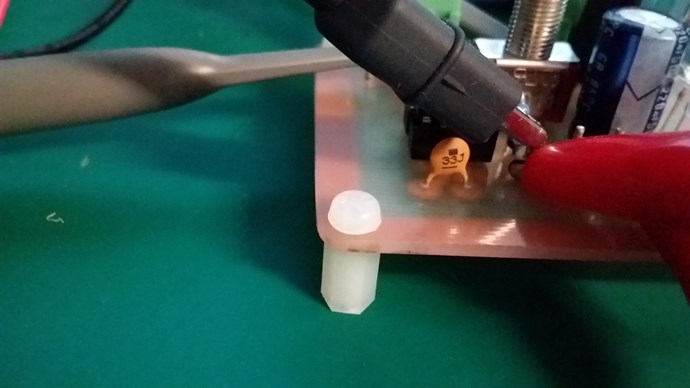

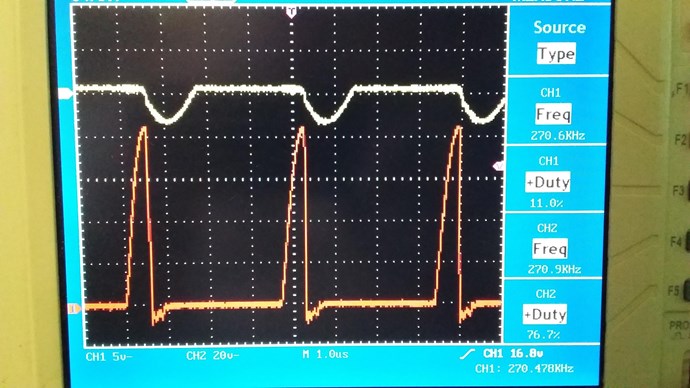


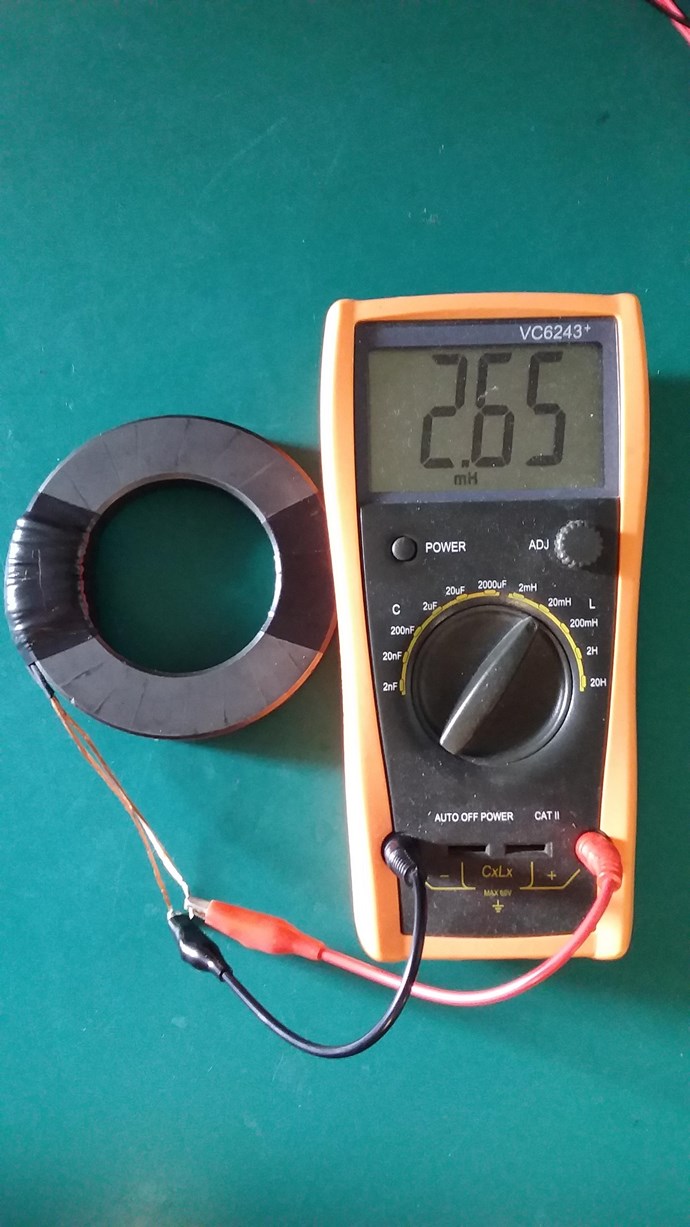
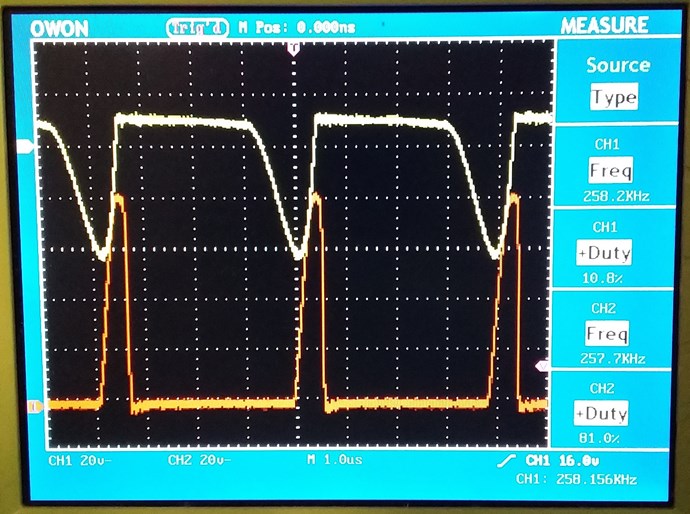
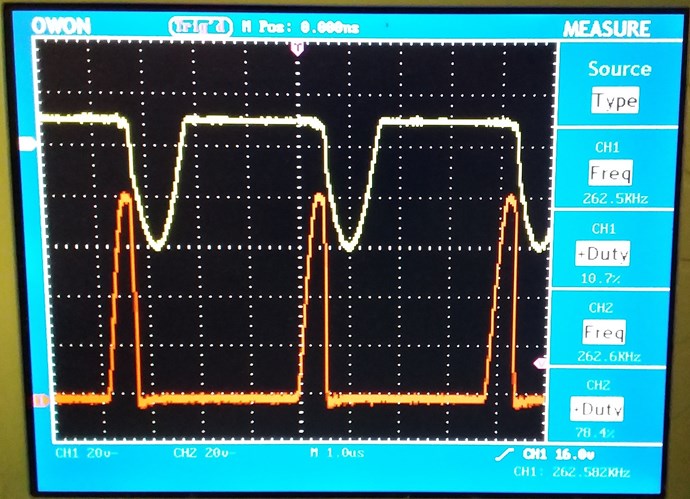

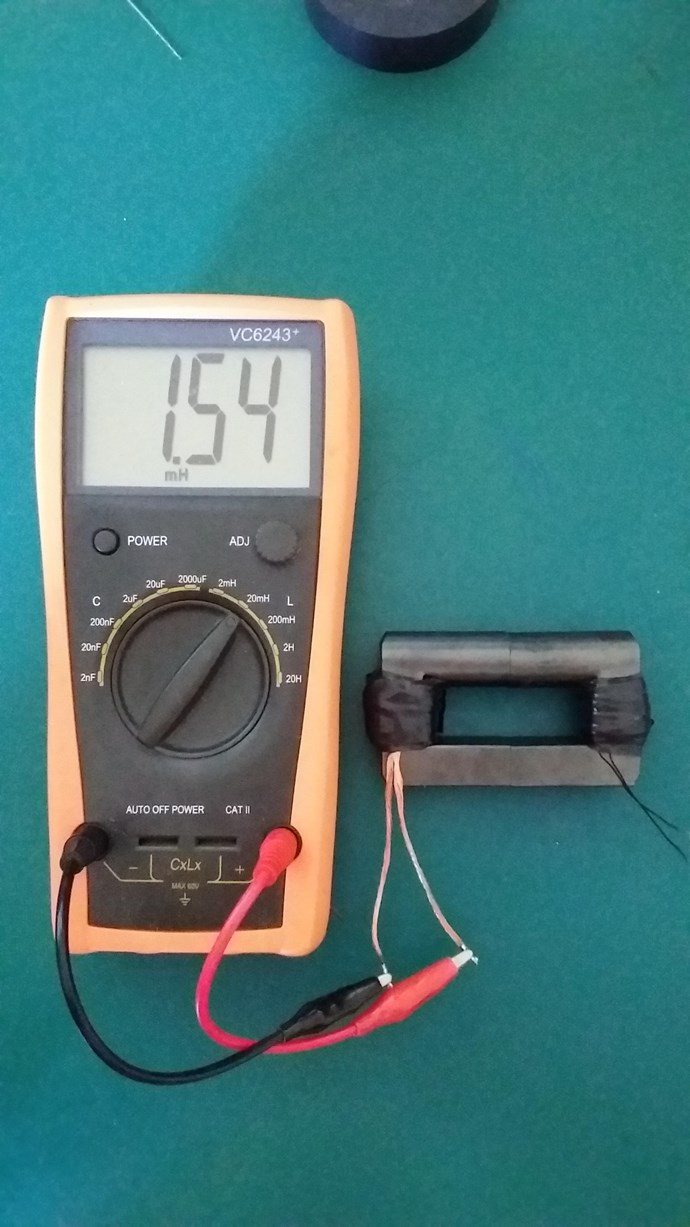
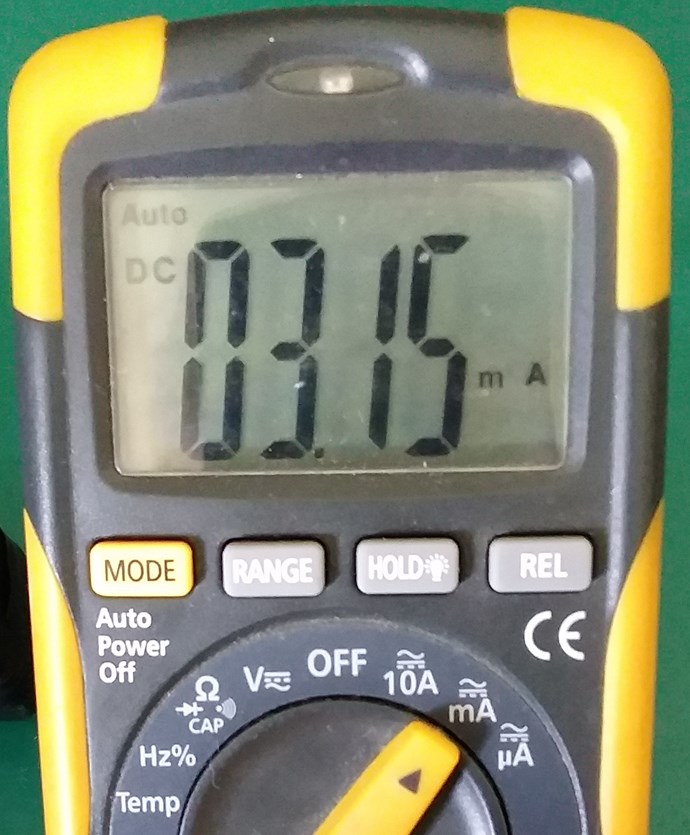

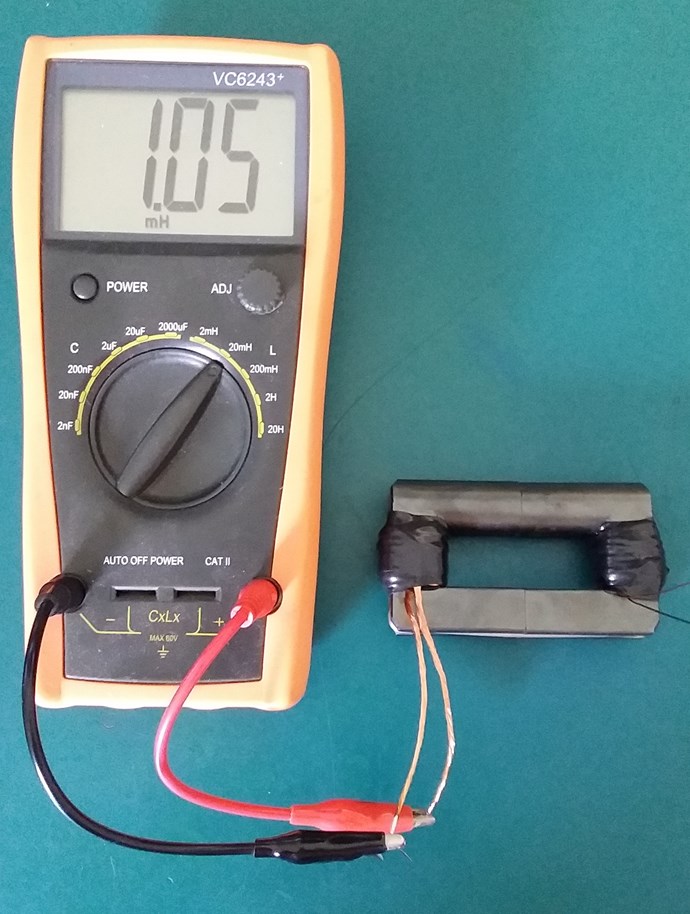

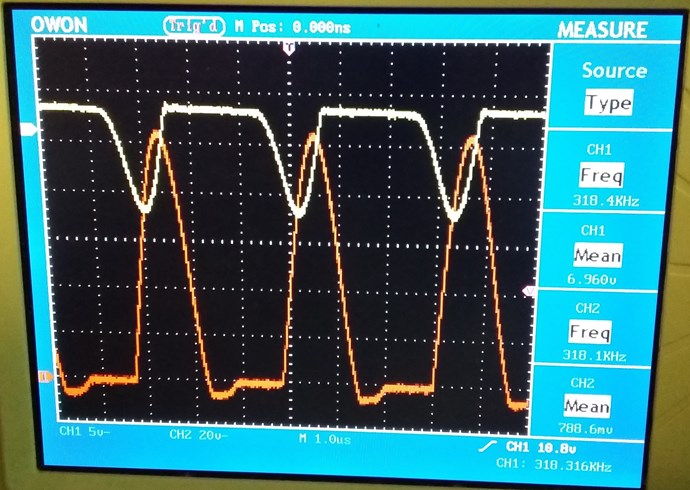


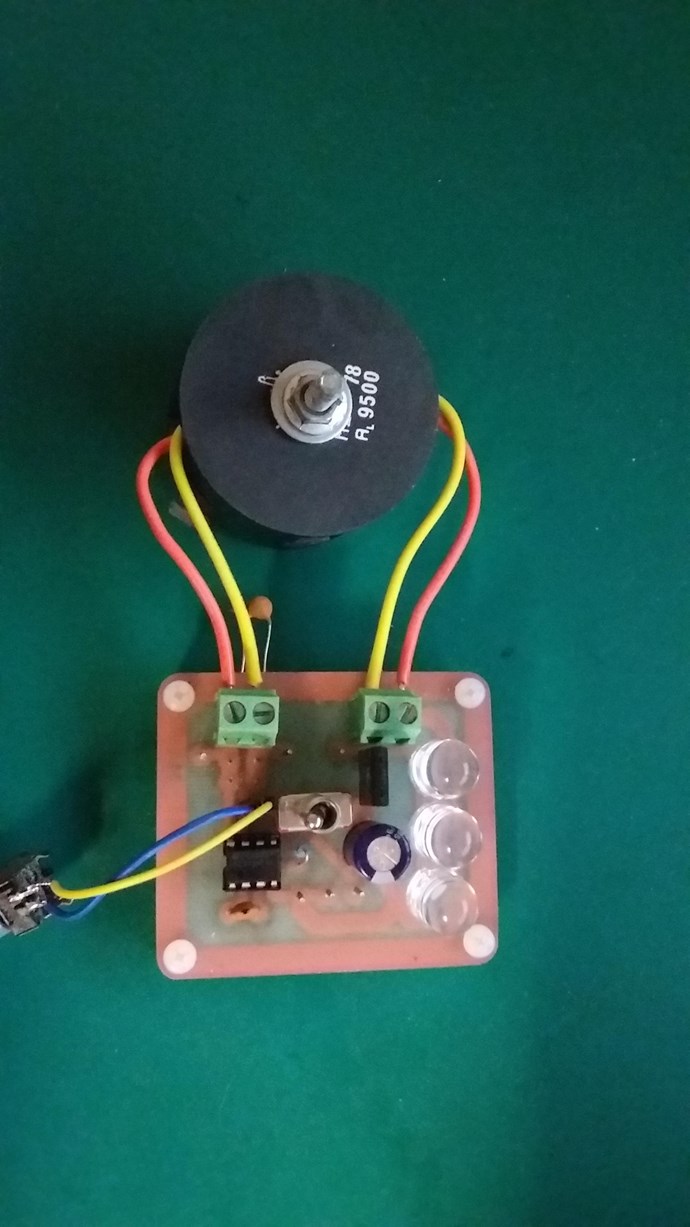
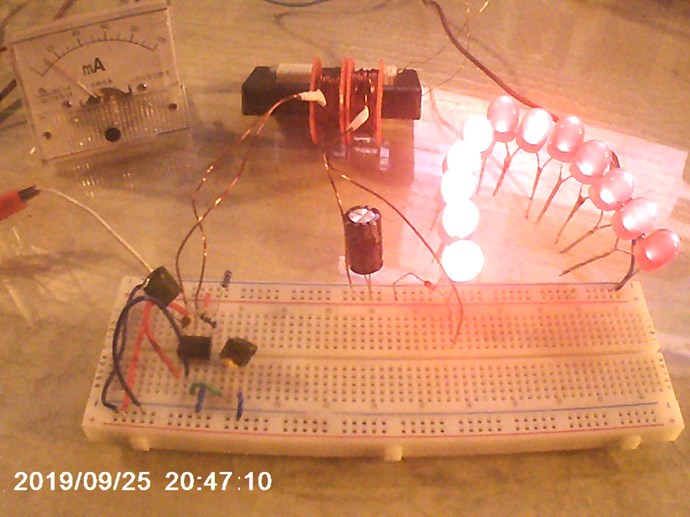

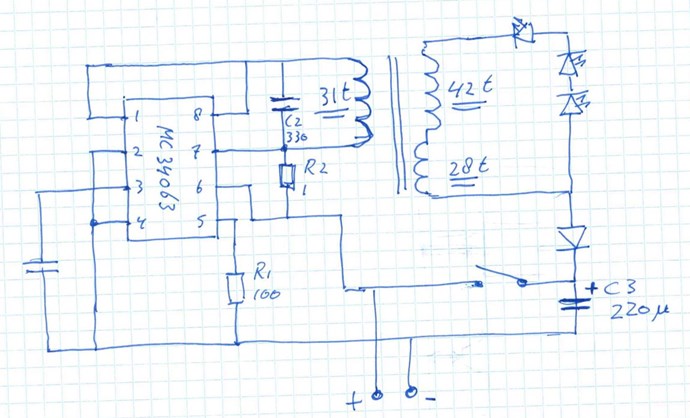



---open-tesla-research.jpg?width=20&crop=0,0,20,20)


